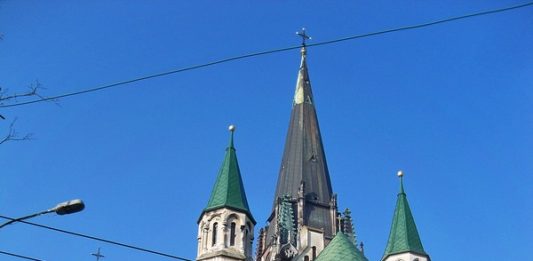Travel for Cause: Lviv Tourism Guide Part IV — In Search of Faith — Churches and Cathedrals in Lviv
By Agha Iqrar Haroon This is IV part of my Tourism Guide of Lviv Ukraine and II part of my travelogue of Churches and Cathedrals of Lviv. In first part of travelogue of churches and cathedrals, I provided information about Armenian Church, Dominican Church (Dominican Cathedral), Bernardine Monastery and St. Andrew Church and St. George’s … Continue reading Travel for Cause: Lviv Tourism Guide Part IV — In Search of Faith — Churches and Cathedrals in Lviv
